Starting in music production as a beginner doesn’t have to be expensive. There are excellent free software options that allow you to create impressive tracks without any cost. When you’re more experienced and committed, consider premium tools.
We’ve gathered the top 10 music production software for 2023, outlining their features and pros and cons to help you get started. Enjoy!
10. Qtractor
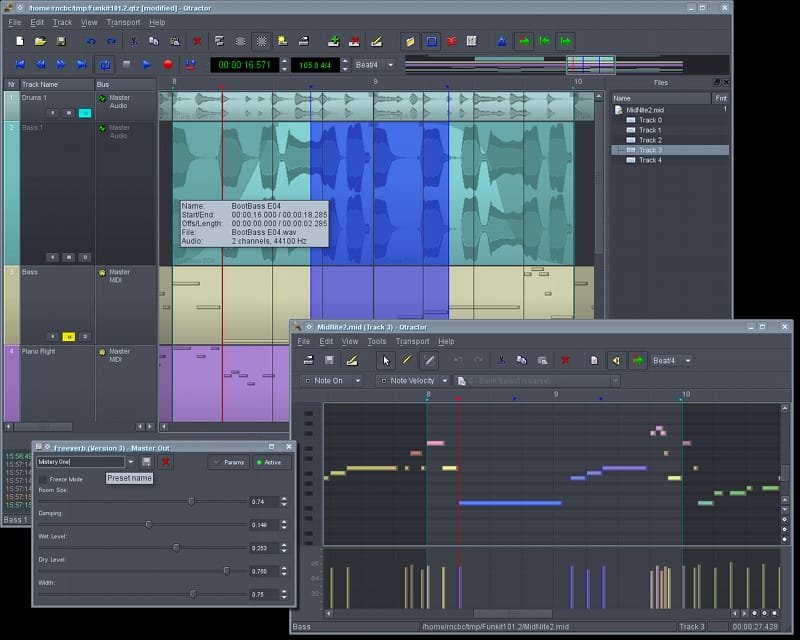
Qtractor is a Linux-based music software that began as a hobby project but has grown into a popular open-source tool for music enthusiasts.
Key Features:
- Edit audio and MIDI without damaging your original work
- Includes a built-in mixer and monitor control
- Works with ALSA for MIDI and JACK for audio
- No limit on the number of tracks per session or project
Price: Free
Platform: Linux (only available on this platform)
| Pros: | Cons: |
| Offers a wide array of music production features | Available on Linux only |
| Lightweight and smoothly runs on most systems | Can be complex for beginners to learn |
| Suitable for both beginners and advanced users | Limited documentation and community support |
9. Cakewalk by BandLab
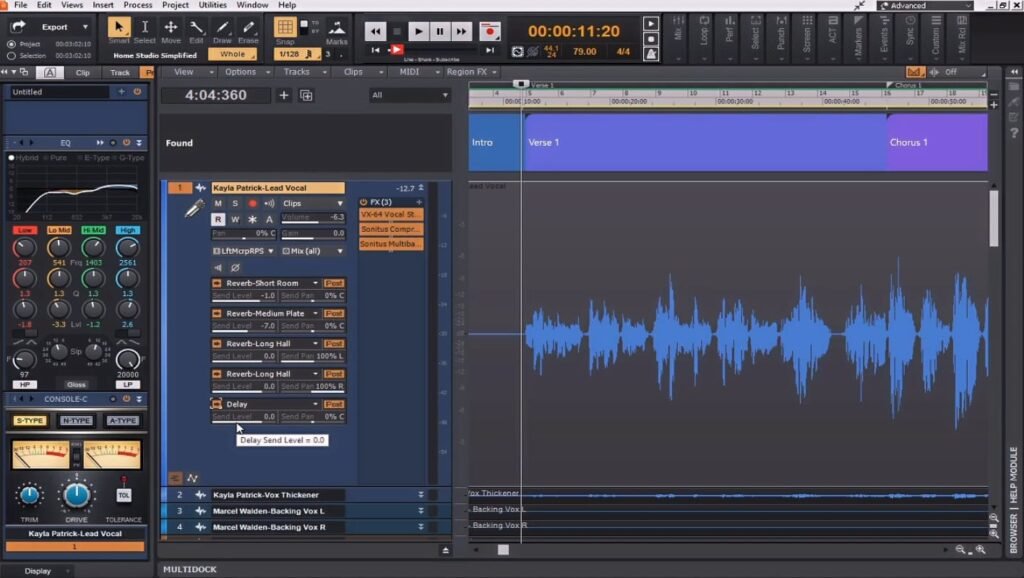
With more than three decades of innovation, Cakewalk provides a complete set of tools for music production, from composing to sharing your work.
Key Features:
- A digital audio workstation for recording, editing, and mixing audio
- Supports both audio and MIDI tracks, along with virtual instruments and plugins
- A mixer with advanced routing options and per-channel effects
Price: Free
Platform: Windows (exclusive to Windows)
| Pros: | Cons: |
| User-friendly interface that’s easy to navigate | Only available on Windows |
| Unlimited audio, MIDI, instrument, loop, and auxiliary tracks for your projects | Can be complex for beginners to learn |
| Supports VST3, ARA, and Touch for versatile audio production | Limited documentation and community support |
8. WaveForm Free 12
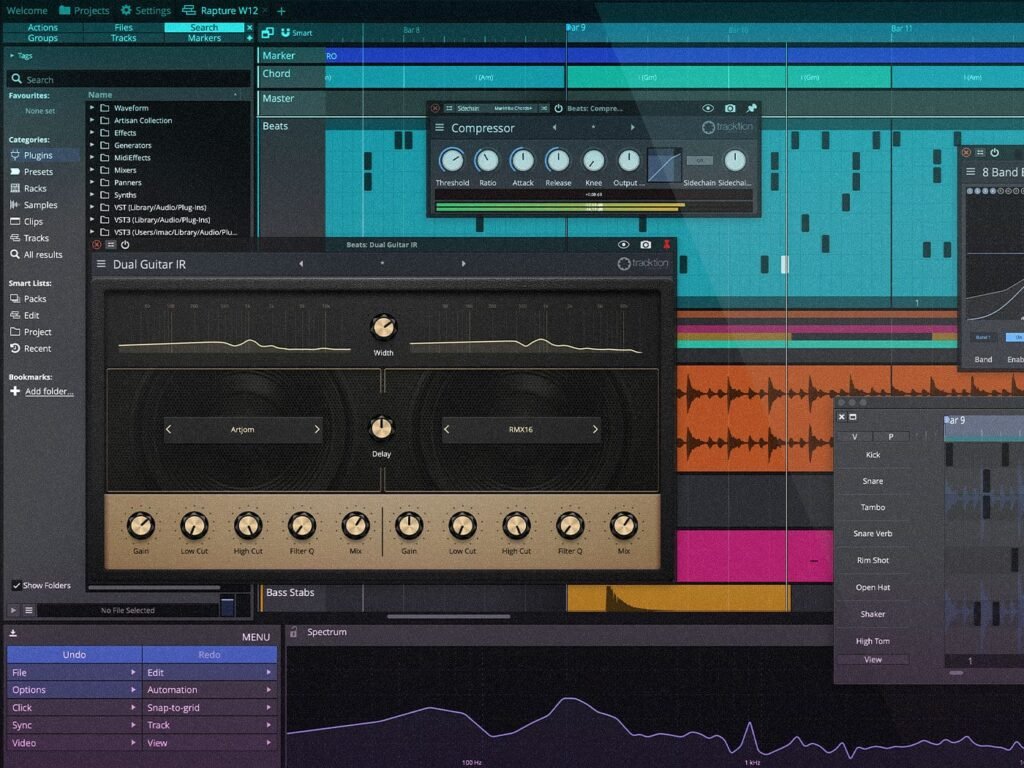
WaveForm Free is a robust, free digital audio workstation (DAW) that simplifies recording, editing, mixing, and mastering audio with one user-friendly interface. It caters to a wide range of users, including band recorders, electronic producers, podcasters, singer/songwriters, and live performers.
Key Features:
- Supports external plugins for added functionality
- Provides MIDI and Step Clip access for music programming, FX processing, and sound design
- Includes handy utility tools like A/B switch, spectrum analyzer, MIDI CC, Mid/Side Splitter, mono converter, and MIDI Note Name plugin
Price: Free
Platform Compatibility: Windows, macOS, Linux
| Pros: | Cons: |
| Lightweight and faster loading compared to Cakewalk | Might seem complex for beginners initially |
| Features an enhanced audio engine for improved CPU efficiency and plugin compatibility | Occasionally experiences glitches |
| No restrictions on exports, track counts, or plugins |
7. Reaper
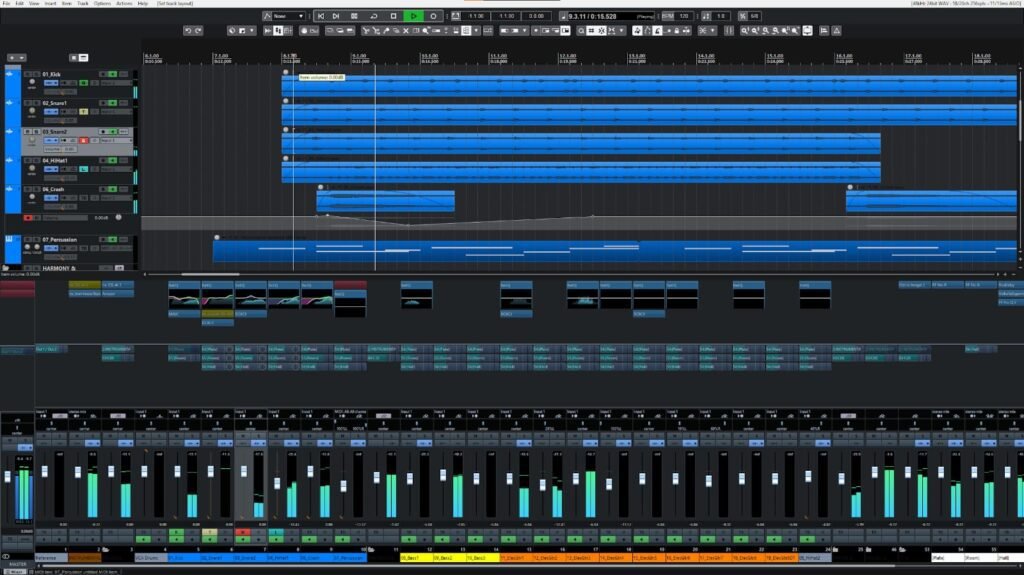
Reaper, launched by Cockos in 2006, has evolved into a powerful DAW with comprehensive audio and MIDI recording, sound editing, mixing, and mastering features.
Reaper is versatile, working seamlessly with various hardware devices, plugins, and digital audio formats. It’s highly customizable, allowing for scripting, extensions, and modifications.
Key Features:
- Supports thousands of plugins for effects and sound instruments (AU, VST, VST3, DX, LV2, JS)
- Features numerous effects for audio and MIDI processing, as well as native tools for creating custom effects
- Offers an intuitive drag-and-drop user interface for efficient use
Price: Free trial available, with paid versions starting at $60
Platform Compatibility: Windows, macOS, Linux
| Pros: | Cons: |
| Highly customizable | Free trial limited to 60 days |
| Lightweight and can run from a PC or portable drive | Paid versions are necessary for full functionality |
| Works across multiple platforms | Learning curve might be steep for beginners |
6. Serato Studio
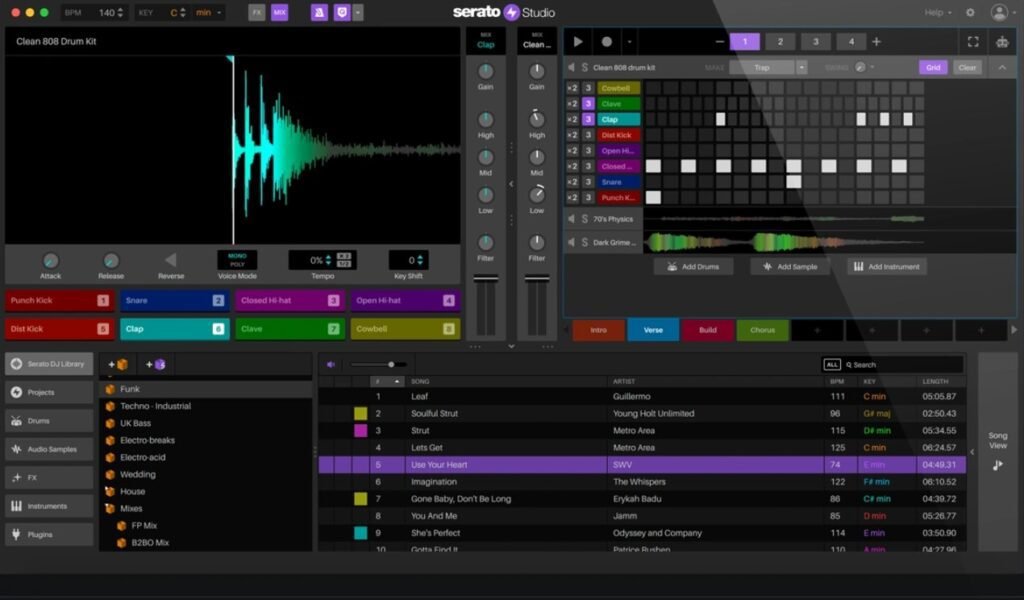
Serato Studio caters to beat makers, offering powerful tools for efficient beat creation. It simplifies sample generation, modern workflows, and chord creation with minimal effort.
Key Features:
- An advanced sampler for real-time sample isolation and manipulation
- A comprehensive collection of drum kits, audio samples, and effects
- Includes features like Play in Key, Pitch ‘n Time, and Auto Chord, which automatically align notes, create full chords, and adjust pitch and speed
Price: Free version available, premium starting at $9.99/month or $249 as a one-time payment
Platform Compatibility: Windows, macOS
| Pros: | Cons: |
| User-friendly interface | Limited customization options |
| Offers a range of music production features, including a built-in drum machine and sample library | Some features are only accessible in paid versions |
| Suitable for both beginners and advanced users |
5. n-Track Studio
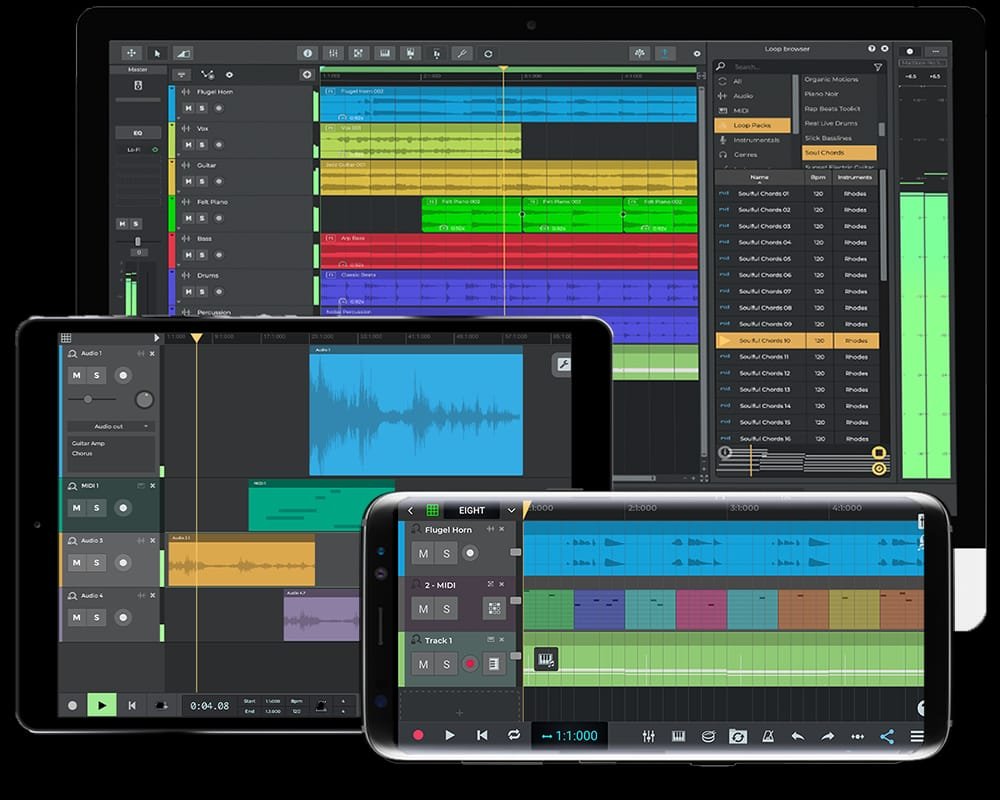
n-Track Studio’s latest version, number 9, has received a makeover, featuring new tools like VocalTune and Guitar Amp Simulators. It’s compatible with both smartphones and PCs, offering a complete environment for recording, editing, mixing, and even online collaboration with other producers.
Key Features:
- Offers a rich selection of plugins, virtual instruments, and samplers
- Includes a Piano Roll for controlling virtual instruments and a Step Sequencer for creating beat patterns
- Provides a built-in denoiser to maintain clean and crisp audio
- Features Songtree, a platform for musical collaboration online
Price: The free version is available with limited features, the paid version starts at $69.00 for a one-time purchase or $14.95 per month
Platform Compatibility: Windows, macOS, Android, iOS
| Pros: | Cons: |
| Abundance of features, covering editing tools, virtual instruments, samples, and effects | Free version has limited functionality |
| Works on both PCs and mobile devices | The free version has limited functionality |
| Features a clean and user-friendly interface | Learning curve can be steep due to its extensive features |
4. SoundBridge
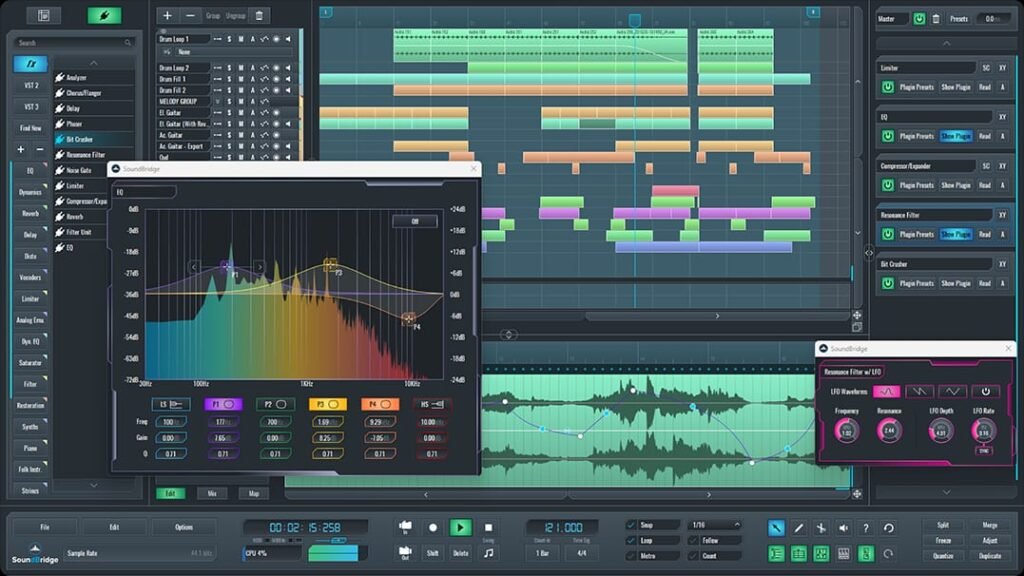
SoundBridge is designed to make music production easy for both beginners and advanced producers. It offers straightforward access to essential editing, tracking, sequencing, and mixing tools and is available in 32 or 64-bit formats for both Mac and Windows computers.
Key Features:
- Unlimited audio and MIDI tracks
- Compatibility with third-party plugins and virtual instruments
- MIDI sequencing, piano roll editing, and automation
- Equipped with a mixer featuring per-channel effects and EQ controls
- Real-time audio stretching and pitch shifting
Price: Free, with a paid version available for $65, offering additional features
Platform Compatibility: Windows, macOS
| Pros: | Cons: |
| Wide plugin and virtual instrument support | Limited documentation and community support |
| Unlimited audio and MIDI tracks | The free version has limited functionality |
| Real-time audio stretching and pitch shifting | |
| Suitable for both beginners and advanced users |
3. Pro Tools

Pro Tools is a powerful DAW that provides a comprehensive platform for audio recording, beat creation, and online collaboration with fellow music producers, no matter where you are.
You can begin with its free version, Pro Tools Intro, which equips you with essential audio and MIDI tools to create music.
Key Features:
- Includes native editing tools for audio and MIDI track manipulation
- Offers EQ, compression, and reverb quantization tools for efficient mixing
- Comes with built-in virtual instruments like drums, keyboards, and synthesizers
Price: Free version available, with premium versions starting at 9 euros per month or 89 euros per year, and a 30-day free trial
Platform Compatibility: Windows, macOS
| Pros: | Cons: |
| Offers a good range of features | Limited to recording four tracks simultaneously |
| Supports unlimited audio and MIDI tracks | Limited number of virtual instrument tracks |
| Allows recording of up to 16 audio tracks | A limited number of virtual instrument tracks |
| Works on multiple platforms |
2. Cubase LE

Cubase LE is a beginner-friendly version of the more advanced Cubase software. It shares the same engine as its advanced counterparts, offering essential features for beginners to handle music projects from start to finish.
Key Features:
- Includes 23 native audio VST effect processors
- Provides over 5 gigabytes of sounds and loops
- Supports tracking up to 8 audio channels simultaneously
- Offers composition tools for chord writing and notations
- Includes automation features for parameter control like volume and pan
Price: Cubase LE is free, and advanced versions have a 30-day free trial.
Platform Compatibility: Windows, macOS
| Pros: | Cons: |
| Reliable audio engine | Limits you to 24 instrument kits and 16 audio tracks |
| Works on both Windows and macOS | Full features require purchasing the paid version |
| Suitable for beginners | |
| Comprehensive sample library and a powerful synthesizer engine |
1. Ableton Live 11 Lite

Ableton Live 11 Lite is a user-friendly DAW that provides essential tools, effects, and instruments for beginners in music production. It’s the free version of Ableton Live 11 and offers a generous set of built-in features.
Key Features:
- Supports multitrack recording at 32bit/192 kHz
- Features native hardware integration for quicker connection to external musical devices
- Supports VST2, VST3, and AU v2 and v3 plugins
- Allows users to create custom instruments, effects, and devices
- Compatible with various file formats like WAV, MP3, AIFF, Ogg Vorbis, and FLAC
Price: Free version available, with premium options starting at $79.00
Platform Compatibility: Windows, macOS
| Pros: | Cons: |
| Popular and user-friendly workflow | Lacks ReWire support |
| Offers a variety of effects and instruments | Limited MIDI mapping capabilities |
| Includes a powerful drum machine and MIDI editor | The native sound library is limited |
| Lightweight and intuitive, making it suitable for beginners |
Conclusion
if you’re just getting started with music production, opting for free software is a wise and secure choice. However, it’s crucial to pick free music-making tools that offer plenty of useful features. This way, your music-making experience will be more enjoyable, and your creative potential will be fully unleashed for advanced-level music production. Additionally, take into account your device’s capabilities and check out public reviews for each software to understand the overall user experience better.

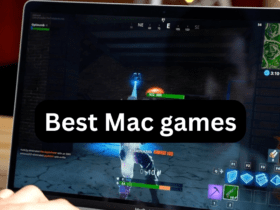












1 Comment